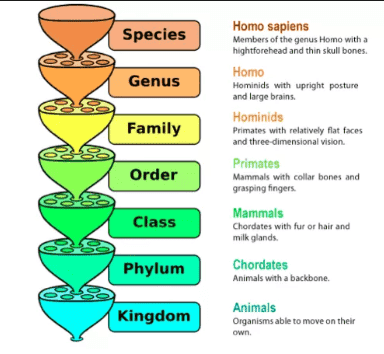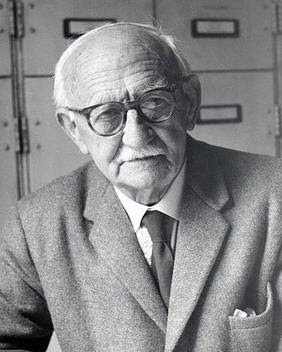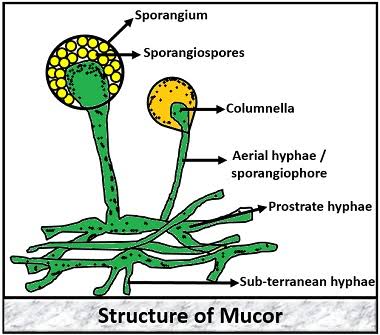Phototropism in plants
Phototropism, or the directional curvature of organs in response to lateral differences in light intensity and/or quality, is one of the most rapid and visually obvious responses of plants changes in their light environment. A number of plant organs respond to phototropic stimuli. Stems, in particular exhibit positive phototropism, while roots exhibit negative phototropism.
Phototropic responses are distinguished from other types of light–modulated directional growth responses, such as nastic and circadian regulated leaf movements by two criteria : (1) the direction of phototropic curvatures is determined by the direction of the light stimulus while direction of nastic/circadian regulated movements, are not, and (ii) many leaf movement responses occur as a result of reversible swelling/shrinking of specialized motor, or pulvinar, cells, whereas all stem and root phototropic responses are driven by changes in cell elongation rates across the binding organ. The differential growth rates, driving the development of phototropic curvatures to be established as a result of differential responsiveness to the plant hormone “auxin” which is Greek for “to increase”– an appropriate name given its properties to promote cell elongation.
Cholodny (1927) and went and Thimann (1939), independently, proposed that it was due to distribution of a growth promoting substance from one side of a plant to the other that lead to the photoperiodic response. Perception of photons of light energy leads to a differential growth response that is potentially based on hormone gradient.
Phototropins, a class of chromoproteins sense blue–light mediate blue–light–induced phototropic responses. While other families of photoreceptors such as the phytochromes and cryptochromes play varying roles in phototropic responses. PHOT 1 AND PHOT 2 are two phototropins in Arabidopsis. PHOT 1 was first of the phototropins. Its mutant (Phot 1) showed impaired phototropic response under low fluence blue light. Under high fluence blue light, however, Phot 1 mutant exhibited a normal jphototropic response. PHOT 2, the second phototropin was identified through sequence homology to PHOT 1. Phot 2 single mutants retained an essentially wildtype response under all fluence rates tested. Double mutant Photo 1 Phot 2 lack phototropic responses in both low and high fluence rate blue light. Thus Phot 1 and Phot 2 function redundantly as high light receiptors, while Phot 1 acts as the low–light photoreceptor. PHOT 1 is 124 KD and PHOT 2 is 110 KD. Phototropin 1 has two LOV (light, oxygen and voltage) domains, LOV 1 and LOV 2, in the N–terminal region and domain homologous to serine threonine kinase towards the C–terminus.
The LOV domain absorb blue light through an associated flavin mononucleotide chromophore while the kinase domain thought to be associated with signal transduction. Phot 1 and Phot 2 are phototropic receptors but these represent only two of molecularly known receptors in Arabidopsis.
It has been suggested that at least in elioted seedlings cryptochromes and phytochromes do not function as primary phototropic receptors. Phytochrome family has been proposed to act together with blue–light receptors to mediate phototropic responses in deetiolated (light–grown) seedlings of number of plant species.
Recent finding that an auxin–responsive transcription factor is necessary for proper phototropic curvature (response) gives credence to the long held notion that the phototropic response is based on an auxin gradient. This further suggests that changes in gene expression are necessary component of the phototropic response system.
Phototropism Examples
Thigmotropism
Thigmotropism is the response of a plant organ to a mechanical stimulation. One can imagine that the gravitropic and thigmotropic response of root might be intimately related. In fact, a recent study suggests that proper root tip growth requires the integration of both a gravity response and a touch response. A group of five genes termed the TOUCH (TCH) family, are responsible for mechanosensory responses in Arabidopsis. TCH 1 encodes a calmodulin (CaM) while TCH 2 and TCH 3 encode calmodulin–like genes.
Hydrotropism
Hydrotropism can be defined as growth or movement in a sessile organism towards or away from water.
Preference of roots for soil with a higher water potential is the best example of hydrotropism. Plant roots penetrate the soil in search of highest potential. However, there is little knowledge about the mechanism through which this actually happens. We know that gravity is the driving force behind a root’s downward growth. This growth is modulated by mechanostimulation of soil particles. The search for highest water potential is likely to play some role in the integrated growth response. The difficulty in studying hydrotropic growth comes in separation of this response from other tropic responses, gravitropism chiefly among them and drought responses that can occur if plants are water stressed. This is further complicated due to the fact that the root cap is proposed as signal integration center for both the gravitropic and hydrotropic responses. Most studies of hydrotropism have been done using on either pea mutants, ABA, auxin or agravitropic mutants of Arabidopsis or maize roots. Calcium is important for a hydrotropic response as is auxin and potentially other plant hormone responses. Recently two mutants have been identified in Arabidopsis which do not show a hydrotropic response.
People Also Ask
Q-1 What is Phototropism in plants?
Ans- Phototropism, or the directional curvature of organs in response to lateral differences in light intensity and/or quality, is one of the most rapid and visually obvious responses of plants changes in their light environment. A number of plant organs respond to phototropic stimuli.
Q-2. What is an example of Phototropism?
Ans- Positive phototropism is growth toward a light source, and negative phototropism is growth away from a light source. ...the best example of positive phototropism is Sunflowers, because they not only move their stems curve torards the light but also their flower turn and face the sunlight as well.
Q-3 Where does negetive phototropism occur in plants ?
Ans- When the level of auxin or auxin signaling is reduced to its minimal level.















0 Comments
If you have any query let me know.